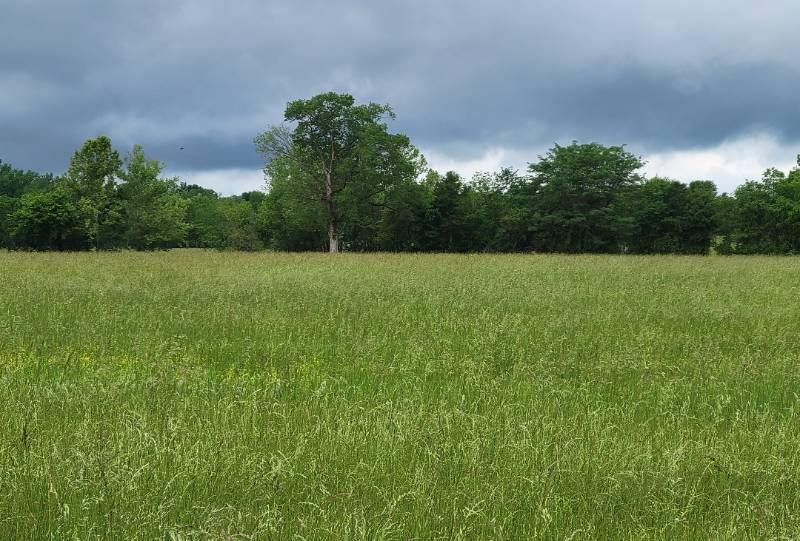May a key time for pastures as grasses make warm-season transition
Arkansas’ hay and forage producers will have to wait until the mud dries to perform some key actions to get their warm-season grasses going.
May 18, 2021
By Mary Hightower
U of A System Division of Agriculture
Fast facts
- Jennings: Fertilize bermudagrass as soon as conditions allow
- Harvest cool-season grasses ASAP to help bermuda growth
(230 words)
(Newsrooms — with art https://flic.kr/s/aHsmVFZ3BY and with 05-18-2021-Ark-Rain-Livestock; and 05-18-2021-Ark-Short-Season-Cotton and 05-18-2021-Ark-Rain-Row-Crops)
LITTLE ROCK — Arkansas’ hay and forage producers will have to wait until the mud dries to perform some key actions to get their warm-season grasses going.
“We recommend waiting to fertilize bermuda and other warm season grasses until the night temps are 60-plus degrees Fahrenheit for a week,” said John Jennings, professor and extension forage specialist for the University of Arkansas System Division of Agriculture. “That is finally happening this week, but rain will keep farmers out of the fields. So as soon as fields conditions allow, fertilizer should be applied to those forages.”

Jennings said growers should try to get their fescue and ryegrass out of the field “as soon as conditions allow to prevent quality losses from advancing maturity and, in mixed fields, to allow any underlying bermuda to receive sunshine to begin active growth.
“Prolonged delays of harvesting ryegrass can drastically stunt and delay bermuda growth well into summer due to excessive shading,” he said.
May is also a time for producers to get bermuda or crabgrass in the ground for summer forage.
“Fields should be prepped by getting the sod under control and to make certain there is no existing common bermudagrass,” he said. “Any existing bermuda will overtake any new bermuda variety that is planted which will make the upgrade to a better variety pointless.”
Download the fact sheets: “Crabgrass for Forage” and “Establishing Bermudagrass for Forage."
To learn about extension programs in Arkansas, contact your local Cooperative Extension Service agent or visit uaex.uada.edu. To learn more about Division of Agriculture research, visit the Arkansas Agricultural Experiment Station website: aaes.uada.edu. To learn more about the Division of Agriculture, visit uada.edu
Follow us on Twitter at @AgInArk, @uaex_edu or @ArkAgResearch.
About the Division of Agriculture
The University of Arkansas System Division of Agriculture’s mission is to strengthen
agriculture, communities, and families by connecting trusted research to the adoption
of best practices. Through the Agricultural Experiment Station and the Cooperative
Extension Service, the Division of Agriculture conducts research and extension work
within the nation’s historic land grant education system.
The Division of Agriculture is one of 20 entities within the University of Arkansas System. It has offices in all 75 counties in Arkansas and faculty on five system campuses.
Pursuant to 7 CFR § 15.3, the University of Arkansas System Division of Agriculture offers all its Extension and Research programs and services (including employment) without regard to race, color, sex, national origin, religion, age, disability, marital or veteran status, genetic information, sexual preference, pregnancy or any other legally protected status, and is an equal opportunity institution.
# # #
Media Contact:
Mary Hightower
mhightower@uada.edu
501-671-2006